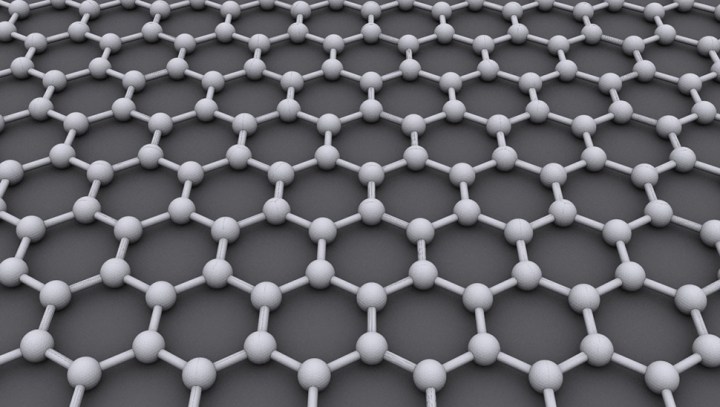
Lead scientist Yingying Zhang and her colleagues developed this carbon-infused silk by feeding silkworms their favorite food of mulberry leaves that had been sprayed with an aqueous solution of 0.2 percent carbon nanotubes and graphene. This method allows the carbons to be integrated into the silk as it is being made and requires no post-processing. In contrast, treating silk that already has been produced is a messy process requiring the use of toxic chemical solvents to dissolve the carbon materials and transfer them to the silk strands.
Following consumption of these carbon-supplemented leaves, the researchers collected the resulting silkworm thread and discovered each strand was significantly stronger, withstanding more than 50 percent more stress before breaking. After heating the material to 1,050 degrees centigrade to carbonize the silk protein, the scientists discovered the carbon-enhanced silk had a crystalline structure that contributed to its toughness and could conduct electricity, a capability not present in unmodified silk.
China is a major producer of silk, responsible for producing about half of the world’s supply. As a result, it’s not surprising that this research is spearhead by a team of researchers from the Department of Chemistry and Center for Nano and Micro Mechanics at Tsinghua University in Beijing. Going forward, scientists hope to better understand the process of how the carbon materials are integrated into the silk thread in order to optimize the amount of supplement that ends up in the finished thread. This isn’t the first time scientists have tried to create a special form of silk. Previous research added dyes, antimicrobial substance, and titanium nanoparticles to create different types of super silk.




